SS 333: 2012 – Specification for Fire Dampers is the Singapore Standard that outlines the requirements for the design, manufacture, installation, and testing of fire dampers used in ventilation and air conditioning systems to prevent the spread of fire and smoke through ducts and openings in fire-resisting walls and partitions. Fire dampers play a crucial role in enhancing fire safety by maintaining compartmentalization in buildings during a fire.
Key Aspects of SS 333: 2012
1. Scope and Application
- Scope: This standard specifies the requirements for fire dampers used in heating, ventilation, and air conditioning (HVAC) systems.
- Application: Applicable to residential, commercial, and industrial buildings to ensure the containment of fire and smoke.
Design and Material Specifications
2. Design Requirements
- Construction: Fire dampers must be constructed to close automatically in the event of a fire, thereby preventing the spread of fire and smoke.
- Closure Mechanism: The design should include a fail-safe closure mechanism activated by a fusible link, electronic detection, or other approved methods.
- Airflow Resistance: Fire dampers should provide minimal resistance to airflow when in the open position.
3. Material Properties
- Fire Resistance: Materials used in the construction of fire dampers must withstand high temperatures and maintain structural integrity during a fire.
- Corrosion Resistance: Materials should be resistant to corrosion to ensure long-term reliability.
Installation Guidelines
4. Installation Requirements
- Location: Fire dampers should be installed at duct penetrations in fire-resisting walls and partitions.
- Orientation: Dampers must be installed in the correct orientation as specified by the manufacturer.
- Accessibility: Ensure that fire dampers are accessible for inspection, maintenance, and testing.
5. Ductwork Integration
- Duct Connections: Properly integrate fire dampers with the ductwork to ensure a secure and effective installation.
- Sealants: Use appropriate fire-resistant sealants to prevent gaps and maintain the integrity of fire barriers.
Testing and Performance
6. Testing Requirements
- Fire Resistance Test: Fire dampers must undergo fire resistance testing in accordance with recognized standards to verify their performance.
- Operational Test: Conduct operational tests to ensure that dampers close effectively upon activation.
7. Performance Criteria
- Closing Time: Fire dampers must close within a specified time frame upon activation.
- Leakage Rate: Ensure that the leakage rate through the closed damper is within acceptable limits to prevent the spread of smoke.
Maintenance and Inspection
8. Regular Maintenance
- Inspection Frequency: Conduct regular inspections of fire dampers to ensure they are in proper working condition.
- Cleaning: Remove any obstructions or debris that may impair the function of the dampers.
9. Testing Procedures
- Functional Tests: Perform functional tests at regular intervals to verify the operational readiness of fire dampers.
- Record Keeping: Maintain records of inspections, tests, and maintenance activities for compliance and reference.
Compliance and Certification
10. Compliance
- Manufacturing Compliance: Ensure that fire dampers are manufactured in accordance with SS 333: 2012 standards.
- Installation Compliance: Verify that installation practices comply with the guidelines provided in the standard.
11. Certification
- Product Certification: Obtain certification from relevant authorities to confirm that fire dampers meet SS 333: 2012 requirements.
- Installer Certification: Ensure that installers are certified and trained to follow SS 333: 2012 standards.
Example Compliance Checklist
| Activity | Frequency | Description |
|---|---|---|
| Visual Inspection | Quarterly | Check for visible defects and obstructions. |
| Operational Testing | Annually | Test dampers to ensure they close properly. |
| Fire Resistance Testing | Per Batch | Conduct fire resistance tests according to recognized standards. |
| Documentation | Ongoing | Maintain records of all inspections, tests, and maintenance. |
| Sealant Integrity Check | Annually | Ensure fire-resistant sealants are intact and effective. |
Conclusion
SS 333:2012 provides comprehensive requirements for the design, manufacture, installation, and maintenance of fire dampers, ensuring their effectiveness in preventing the spread of fire and smoke in buildings. Adhering to these standards enhances fire safety and helps maintain compartmentalization during a fire event. For detailed specifications and requirements, refer to the full SS 333:2012 document and consult with professionals experienced in fire safety standards.

Note: All Password are [“salaimep” or “salaimep.com”]
Download |OneDrive, Google Drive
Also Download – SS 554: 2016 Indoor Air Quality PDF Download
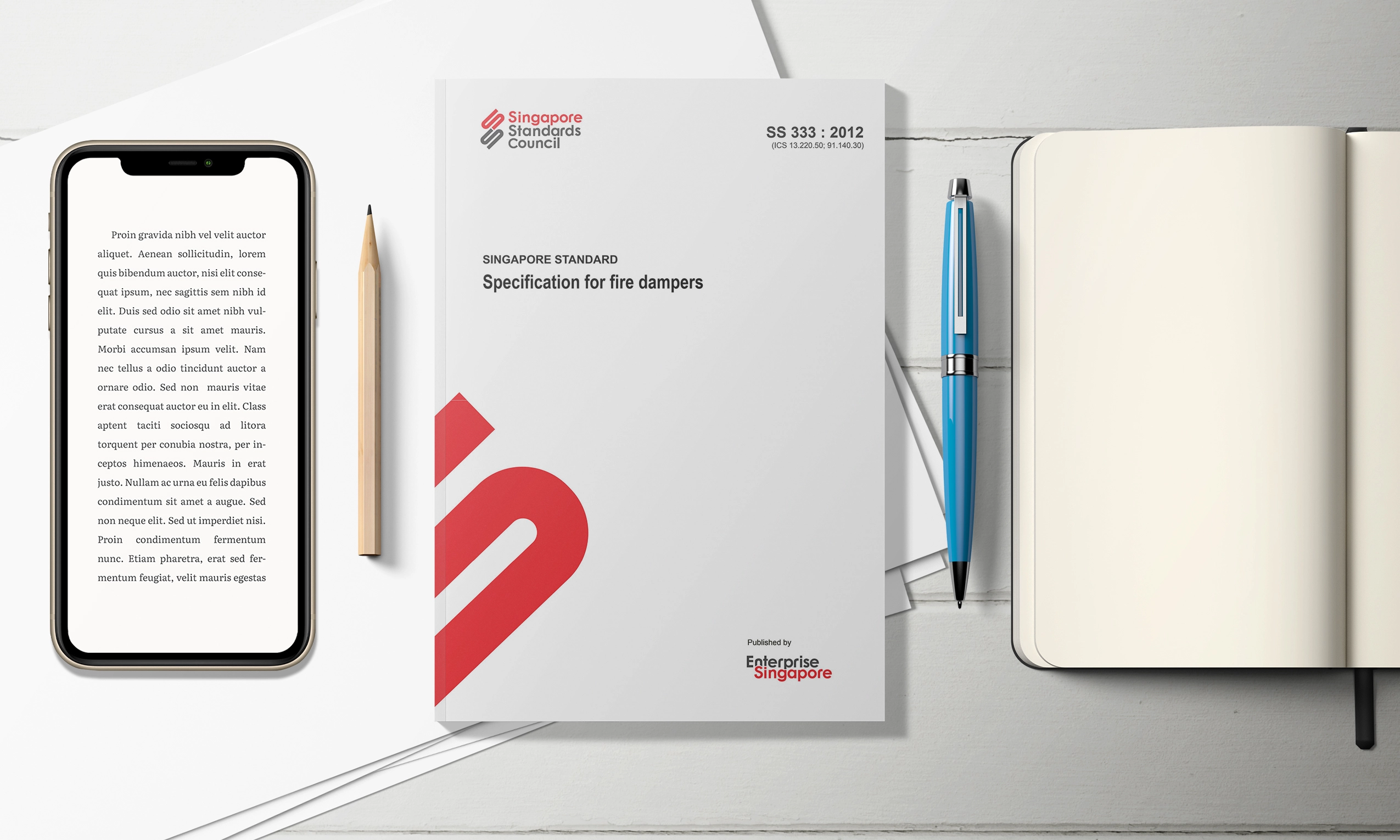
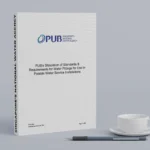
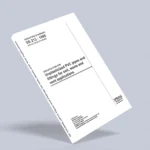




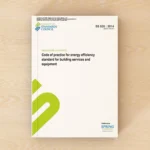
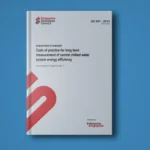
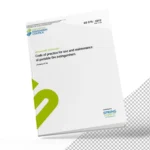
Hi bro,could reshare this file?because the file link is different
Download with Google Drive Link.